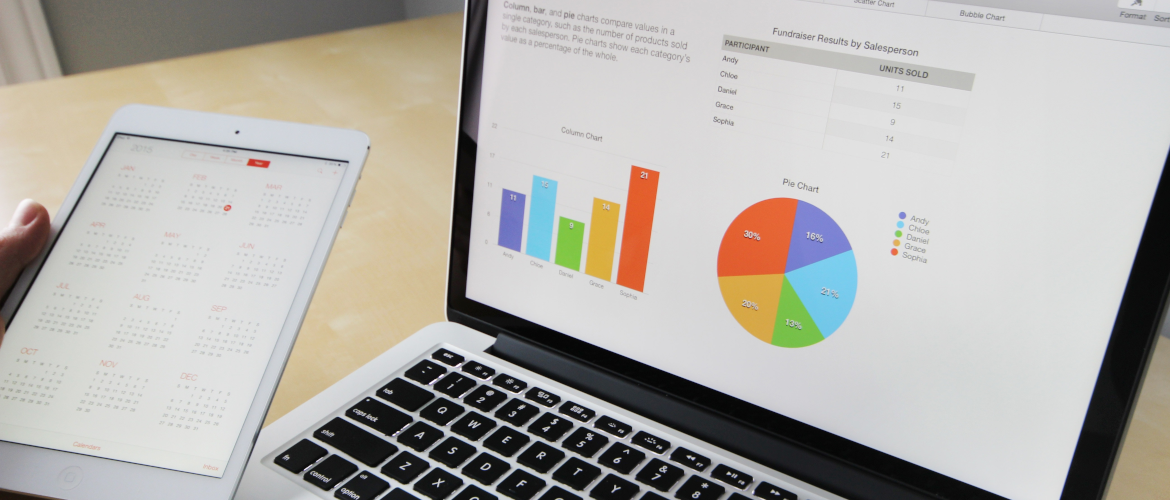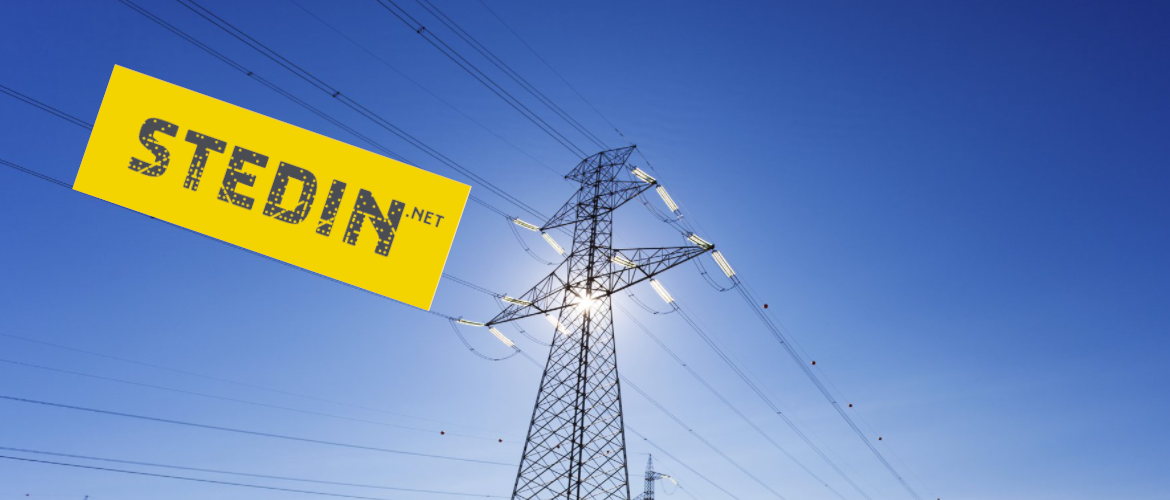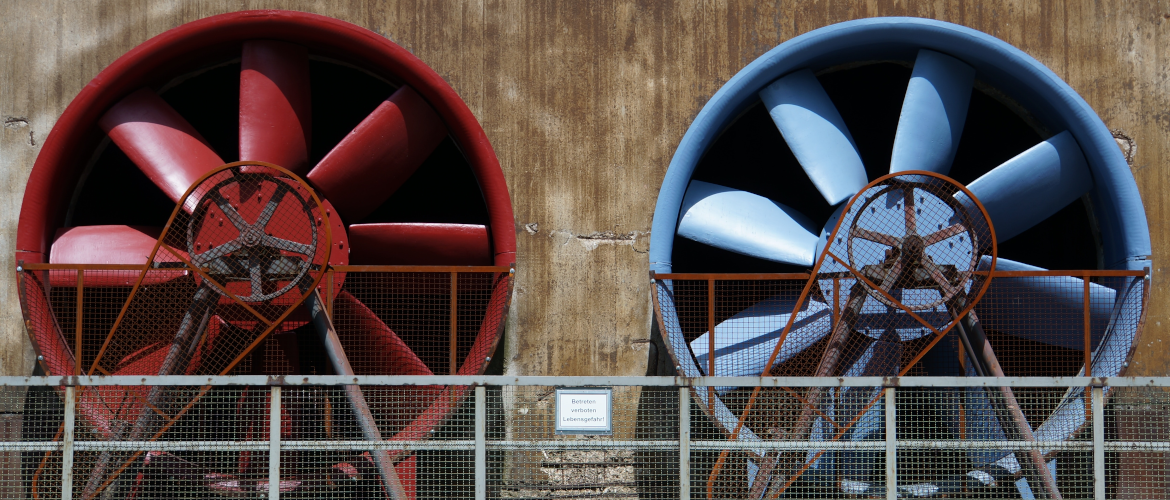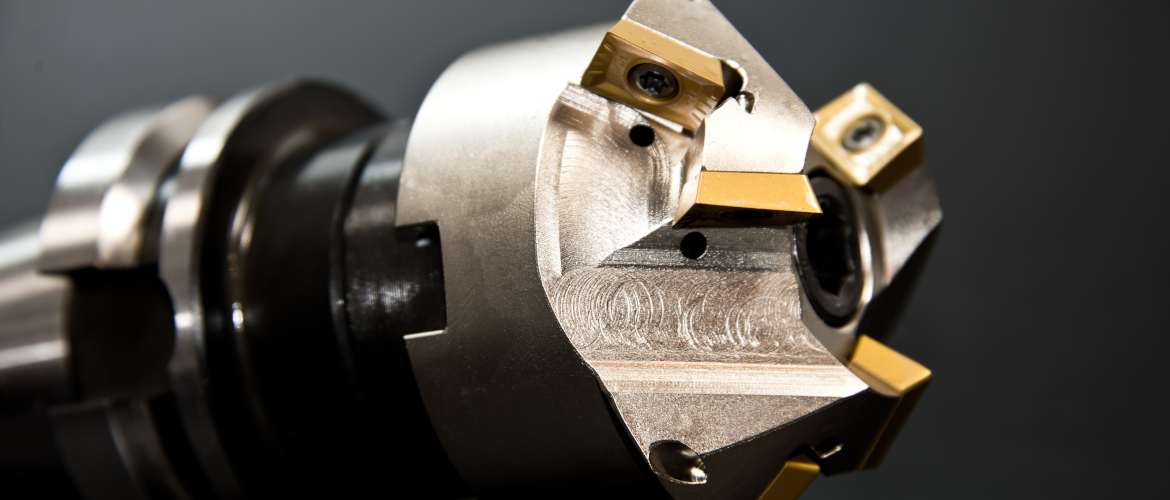A question Maintenance Managers ask me on a regular basis:
“Which Maintenance Key Performance Indicators (KPI’s) can I use to measure the performance of my Maintenance Organisation?”
This question inspired me to write this blog. I did my research and wrote down the most important KPI’s and subdivided them into categories. Then I also put a benchmark of a World Class Maintenance (WCM) Maintenance Organisation next to it so you can benchmark your own organisation against it.
Personally, I think it is important that each Maintenance Organisation has its own limited set of KPI’s with which the status in relation to set targets is monitored. Without KPI’s, it is difficult to know how your company is doing and you run the risk that decisions are based on gut feelings, personal preferences or beliefs, or other unproven hypotheses. In addition, the motto is: “What gets measured gets done”.
A tip in this regard: do not polish the KPI’s to ‘make it look nicer to the outside world’, because then you are really fooling yourself. A KPI is only a tool and not a goal in itself. I recently spoke to someone who described this polishing beautifully as the ‘watermelon effect’, or green on the outside but deep red on the inside.
Key Performance Indicators
General
- OEE (Overall Equipment Effectiveness), bij WCM organisatie > 85%
- Total Maintenance Costs as % of estimated replacement value of asset, with WCM organisation 2 – 2.5%.
Reliability of equipment
- Reliability professional (ME/RE) by number of mechanics, WCM organisation 1: 12-18
- Mean time between failures (MTBF), for a WCM organisation, MTBF increases each year > 10% / year
- % Emergency work (resolution time
- Number of training and refresher days per technician, at a WCM organisation 5 – 10 days / year
Maintenance execution
- Overall backlog (PO/CO) at a WCM organisation
- % planned work, in a WCM organisation > 80%
- Number of mechanics per planner, in a WCM organisation 20-27 : 1
- Scheduling compliance, at a WCM organisation > 90%
- Effective maintenance time, with a WCM organisation > 65%
Maintenance costs
- Stored spare parts as % of estimated replacement value of the asset, with a WCM organisation
- % overtime, in a WCM organisation
- Wage costs of internal maintenance staff as % of total maintenance costs, in a WCM organisation 20 – 25%
- Contractor costs as % of total maintenance costs, in a WCM organisation 10 – 40
Forseen Maintenance
- % Predictive maintenance vs. all other maintenance > 20%
- % Predictive maintenance carried out on time > 95%
Do you want to know more about SAP PM, please contact us!






